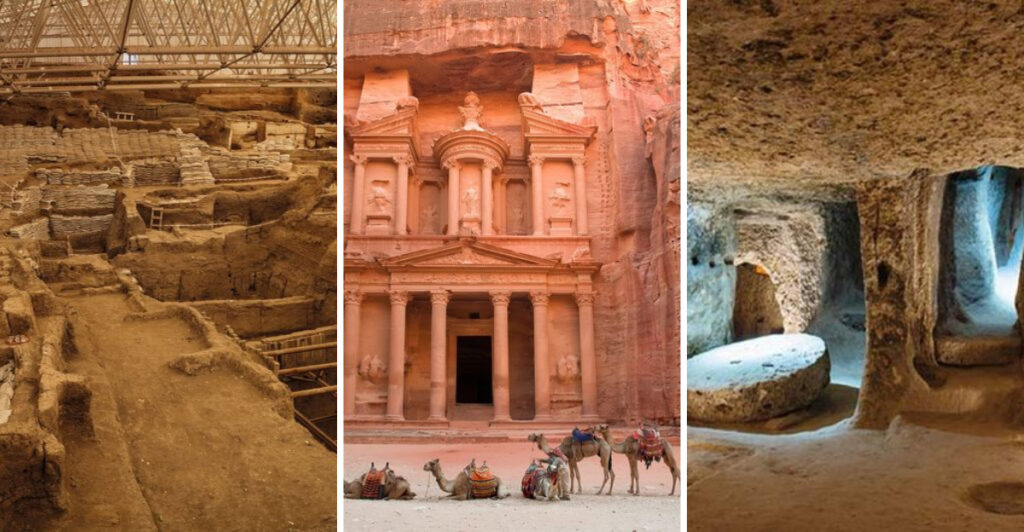Throughout history, many ancient cities have been buried underground, either due to natural disasters or the passage of time. Some remain hidden mysteries waiting to be uncovered. Here, we delve into 17 such cities, each offering a unique glimpse into the past.
1. Derinkuyu, Turkey
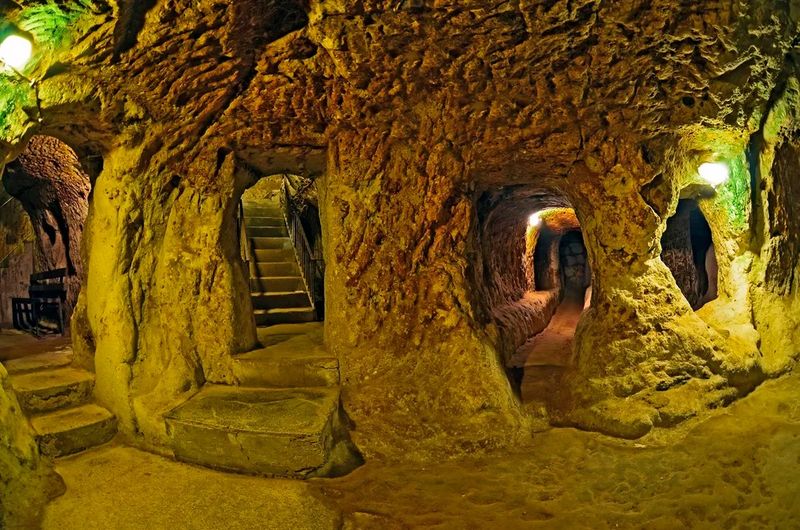
In the heart of Turkey lies Derinkuyu, an underground marvel. With its intricate network of tunnels and chambers, this ancient city is a testament to human ingenuity. Historically, it served as a refuge from invasions. Imagine walking through dimly lit passageways, where echoes of the past resonate. The city’s multi-level structure allowed thousands to live safely below the surface. Ventilation shafts ingeniously provided fresh air, while concealed entrances ensured security. Today, explorers are captivated by its mysterious allure. Derinkuyu is not just a city; it’s a journey into ancient survival and resilience.
2. Petra, Jordan
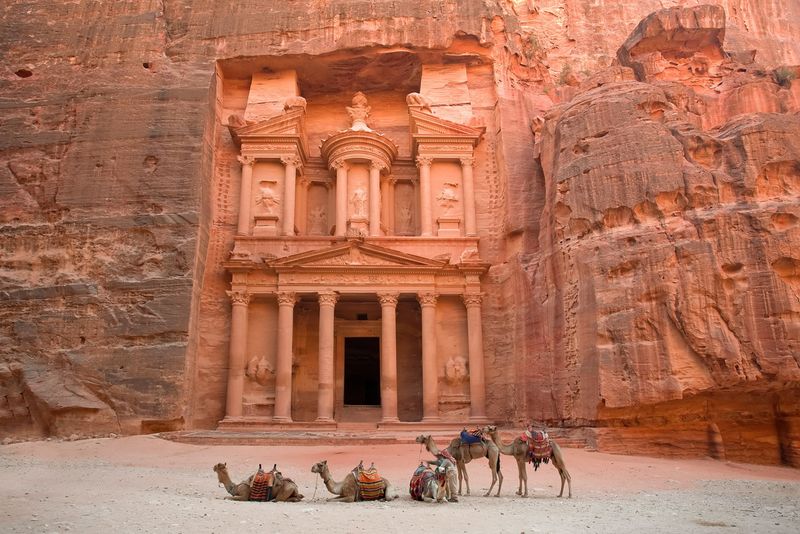
Petra, hidden within Jordan’s rugged landscapes, reveals a city carved from stone. Known as the “Rose City,” its beauty is unparalleled. The Treasury, Petra’s iconic symbol, stands majestically. This ancient Nabatean city thrived as a trade hub, linking East and West. Wandering through its stone streets evokes a sense of wonder. Each facade tells stories of a civilization that mastered water control in the desert. Petra’s grandeur and historical significance continue to fascinate archaeologists and travelers alike. It’s more than a city; it’s a testament to human artistry and adaptability.
3. Palenque, Mexico
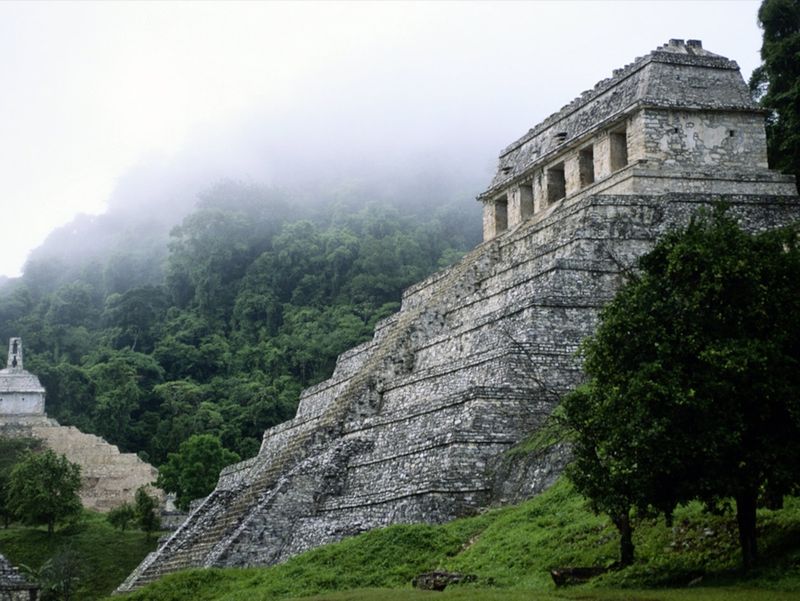
Nestled in Chiapas, Palenque emerges from the jungle like a hidden gem. This Mayan city is renowned for its architectural brilliance. Templo de las Inscripciones houses the tomb of ruler Pakal. Intricate carvings depict Mayan mythology, leaving visitors in awe. The city thrived during the 7th century, showcasing advanced civilization. Amidst towering trees, Palenque’s ruins whisper tales of power and spirituality. Excavations continue to reveal secrets buried beneath layers of history. As the sun sets, the jungle reclaims its dominance, adding an air of mystery. Palenque remains a captivating blend of nature and history.
4. Cappadocia, Turkey
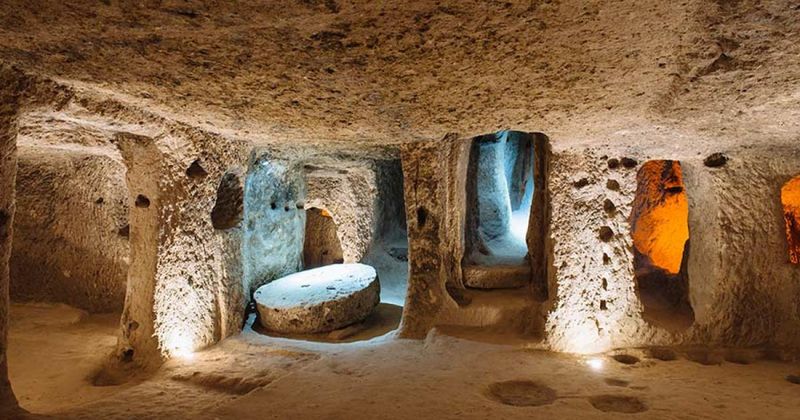
Cappadocia enchants with its surreal landscapes and historical depth. Ancient civilizations carved homes into soft volcanic rock. These cave dwellings tell stories of early Christian refuge. As dawn breaks, hot air balloons paint the sky. Below, a labyrinth of tunnels connects hidden communities. The region’s unique geography shaped its history, offering shelter from invasions. Today, visitors explore cave churches adorned with frescoes. Cappadocia’s blend of natural beauty and human innovation is a sight to behold. It’s a place where time seems to stand still, inviting reflection on the resilience of past societies.
5. Pompeii, Italy
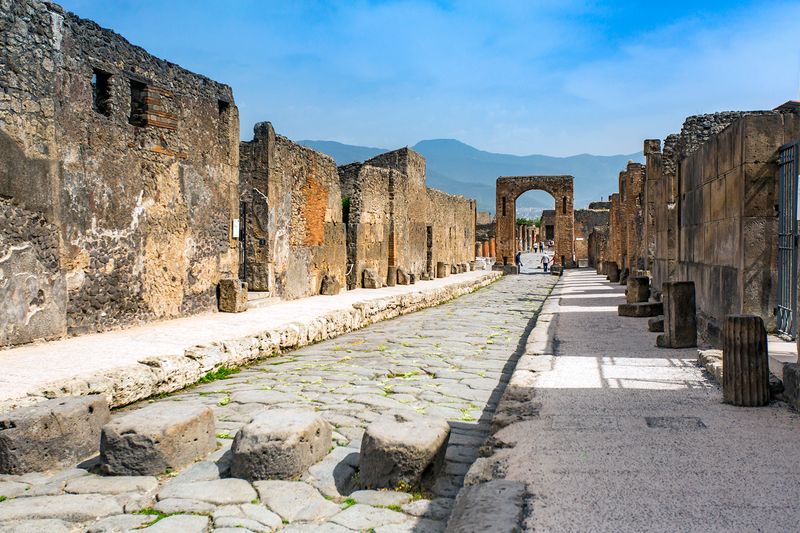
Pompeii, buried by the eruption of Mount Vesuvius in 79 AD, offers a window into ancient Roman life. Streets frozen in time reveal daily routines and societal norms. Frescoes, mosaics, and inscriptions speak of a vibrant community. The tragedy of Pompeii lies in its sudden destruction, preserving moments of life cut short. Excavations uncovered villas, bathhouses, and bustling marketplaces. Today, it stands as a testament to nature’s power and human fragility. Visitors wander through the echoing silence, pondering the lives once lived here. Pompeii is a stark reminder of history’s unexpected turns.
6. Herculaneum, Italy
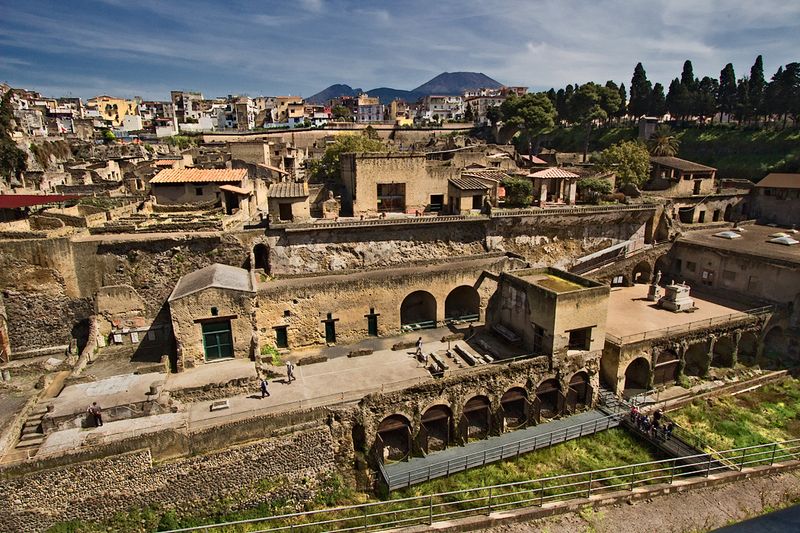
Herculaneum, nestled near Pompeii, shares a fate sealed by Vesuvius. Unlike its neighbor, it was buried under pyroclastic flows, preserving organic materials like wood. This ancient Roman city unveils a lifestyle of luxury. Intricate frescoes adorn villa walls, offering glimpses into opulent living. Streets are lined with structures bearing witness to a once-thriving community. Today, archaeologists uncover treasures beneath layers of volcanic ash. Visitors marvel at the contrast between preservation and destruction. Herculaneum provides a vivid snapshot of Roman life, inviting reflection on the fragile nature of existence.
7. Çatalhöyük, Turkey
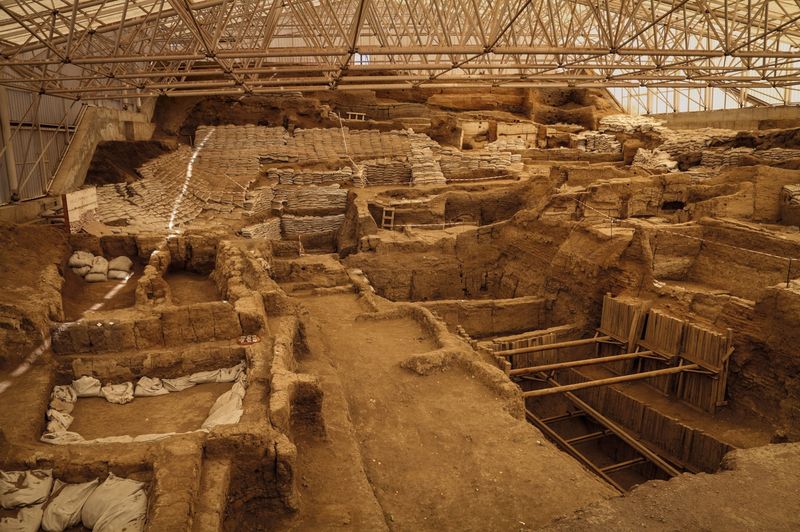
Çatalhöyük, one of the world’s oldest cities, lies hidden in Turkey’s plains. This Neolithic settlement showcases early urban planning. Homes built of mud-brick form a honeycomb pattern, each roof a community walkway. Inside, murals depict daily life and spiritual beliefs. Excavations reveal a society ahead of its time, with agriculture and trade flourishing. As archaeologists unearth artifacts, they piece together a narrative of innovation. Çatalhöyük offers insights into humanity’s shift from nomadic lifestyles to settled communities. It’s a place where ancient whispers echo through the ages, painting a picture of our shared ancestry.
8. Mesa Verde, USA
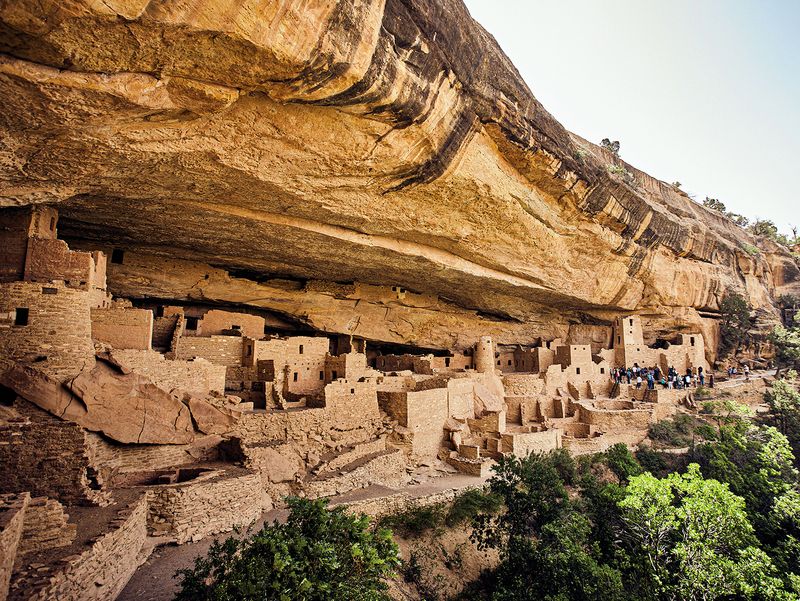
In Colorado, the cliff dwellings of Mesa Verde tell tales of the Ancestral Puebloans. These ancient homes are masterfully built into canyon walls. Imagine a community thriving in this rugged landscape. Each dwelling offers a glimpse into daily life, from farming to artistry. The site’s preservation is a tribute to its builders’ ingenuity. As the sun sets, shadows dance across stone walls, evoking a sense of timelessness. Today, Mesa Verde stands as a UNESCO World Heritage Site, inviting exploration and reflection on past societies. It’s a testament to human adaptation in challenging environments.
9. Skara Brae, Scotland
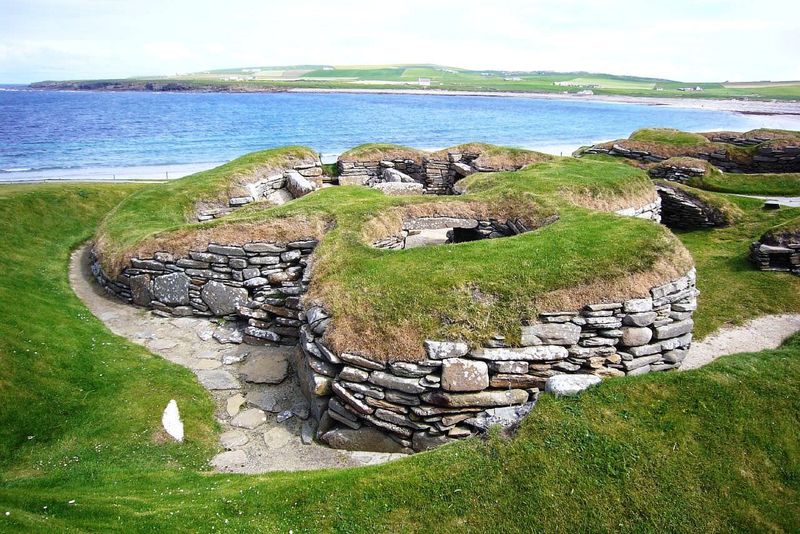
Skara Brae, nestled in Scotland’s Orkney Islands, offers a peek into Neolithic life. This prehistoric village, unearthed by a storm, is remarkably intact. Stone houses, connected by passages, reveal a close-knit community. Inside, stone furniture and tools speak of daily routines and craftsmanship. Skara Brae thrived over 5,000 years ago, showcasing advanced living. The site’s discovery reshaped our understanding of ancient societies. Today, visitors walk amidst history, pondering the lives of those who called this place home. Skara Brae stands as a reminder of humanity’s enduring connection to the land.
10. Tikal, Guatemala
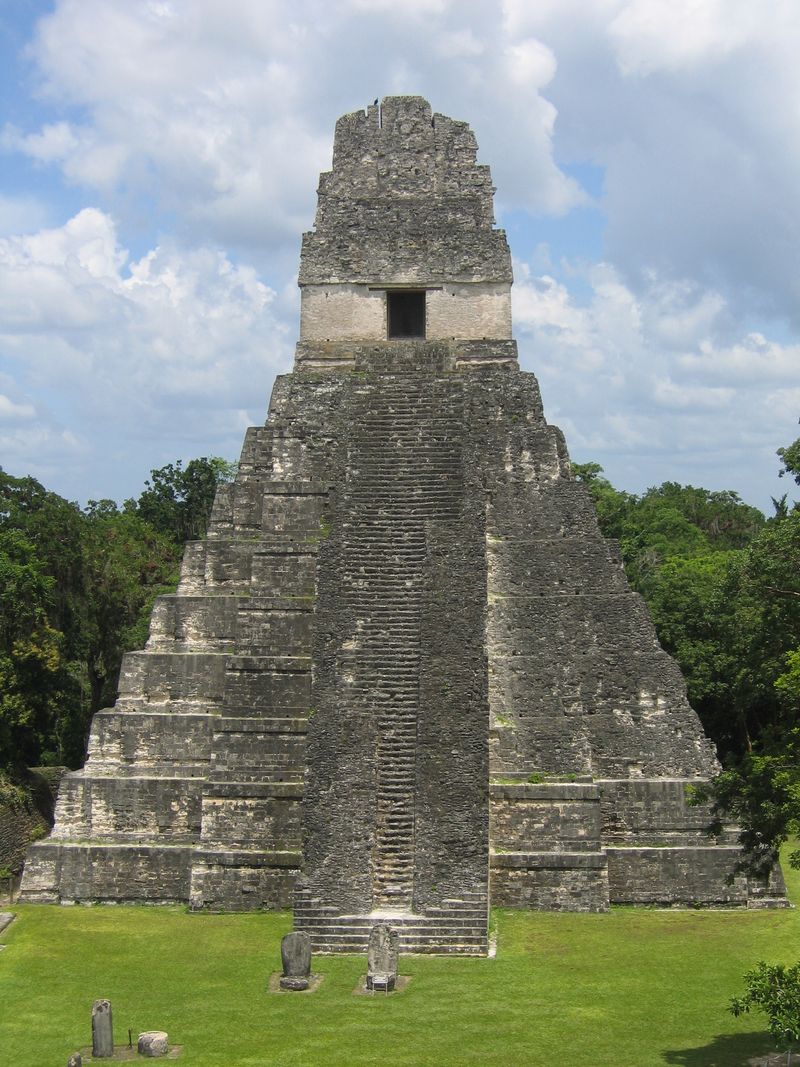
In the heart of the Guatemalan rainforest, Tikal rises majestically. This ancient Mayan city was once a powerful political and ceremonial center. Tall pyramids pierce the jungle canopy, each a testament to architectural prowess. The city thrived from the 6th century BC, playing a pivotal role in Mayan civilization. Today, its ruins invite exploration, offering insights into a complex society. From the Great Plaza to the Temple of the Jaguar, Tikal captivates with its grandeur. As howler monkeys call and birds soar, Tikal stands as a timeless witness to human achievement.
11. Mohenjo-daro, Pakistan
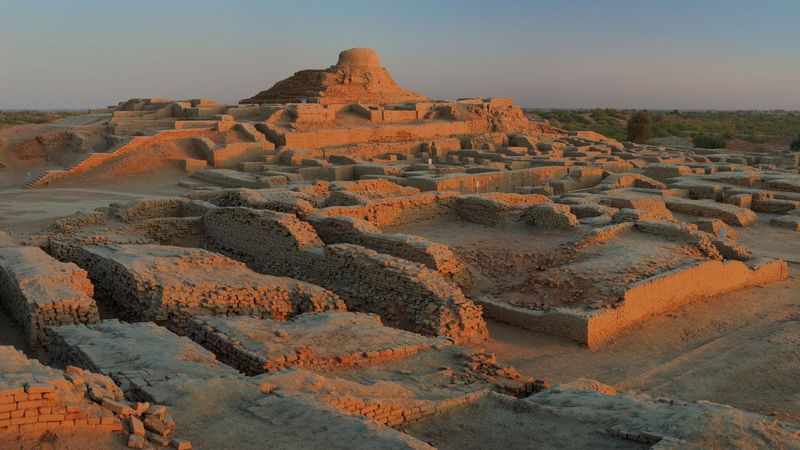
Mohenjo-daro, a jewel of the Indus Valley Civilization, lies in modern-day Pakistan. Its discovery revealed a city with advanced urban planning. Streets were laid out in grid patterns, with sophisticated drainage systems. Public baths and granaries highlight a focus on community welfare. Excavations continue to uncover artifacts that shed light on daily life and trade. Mohenjo-daro thrived around 2500 BCE, showcasing an impressive civilization. Today, it invites scholars and tourists alike to ponder its mysteries. This ancient city stands as a testament to human innovation and the enduring quest for knowledge.
12. Akrotiri, Greece
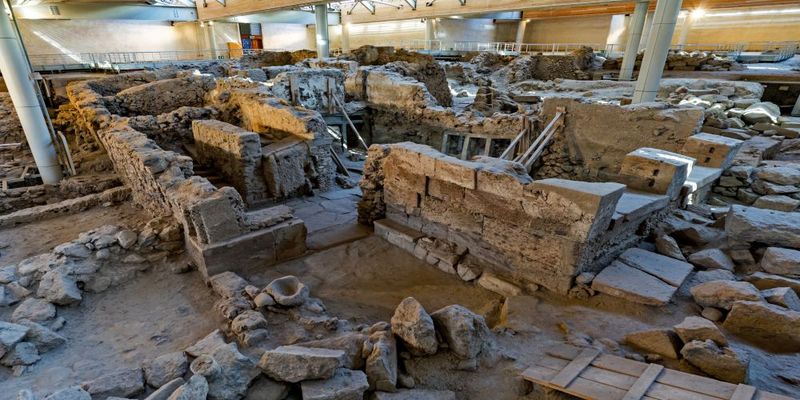
On the island of Santorini, Akrotiri offers a glimpse into a world preserved by volcanic ash. This Minoan city, often linked to the Atlantis legend, thrived before a catastrophic eruption. Multi-storied buildings and vivid frescoes reveal a sophisticated society. Streets echo with the footsteps of artisans and traders. The eruption’s aftermath left the city frozen in time, akin to a Bronze Age Pompeii. Today, archaeologists meticulously uncover its secrets, piecing together the life of its inhabitants. Akrotiri invites reflection on the fragility and resilience of human societies.
13. Ani, Turkey
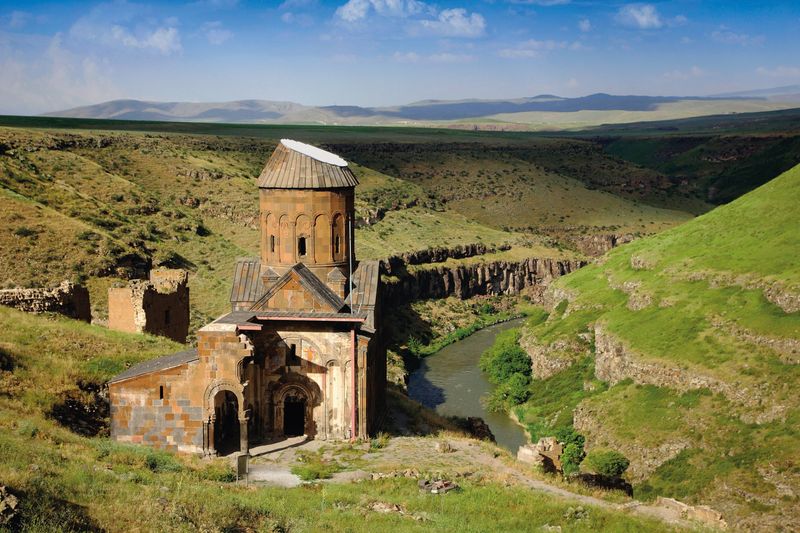
Ani, once a thriving medieval city, now lies in ruins, echoing with history. Located in eastern Turkey, it was known as the “City of a Thousand Churches.” Its stone architecture stands as a testament to its past glory. Churches and fortifications speak of a diverse cultural tapestry. Ani thrived as a trade hub along the Silk Road, bridging cultures and ideas. Today, its haunting beauty captivates those who wander its empty streets. As the wind whispers through its stones, Ani remains a poignant reminder of the impermanence of human creations.
14. Leptis Magna, Libya
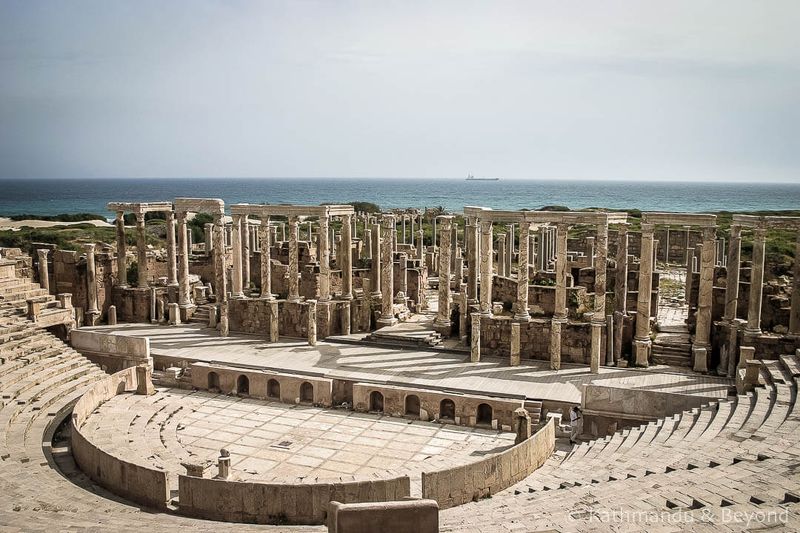
Leptis Magna, lying near the Mediterranean in Libya, reveals grandeur frozen in time. As one of the most prominent cities of the Roman Empire, it flourished under Emperor Septimius Severus. Majestic arches, sprawling forums, and intricate mosaics highlight Roman architectural brilliance. This city was a vital trade center, connecting Africa with Europe. Today, its well-preserved structures invite exploration, offering insights into Roman urban planning. Wandering through its ruins, visitors sense the pulse of a once-thriving metropolis. Leptis Magna stands as a testament to the enduring legacy of Roman civilization.
15. Ephesus, Turkey
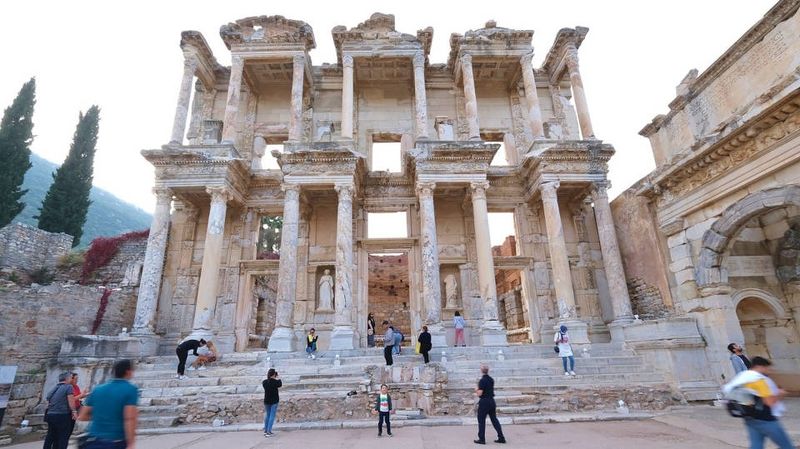
Ephesus, an ancient Greek city in modern-day Turkey, whispers tales of its storied past. The Library of Celsus, with its imposing facade, stands as a symbol of knowledge. Marble streets lead to the Grand Theater, echoing with the voices of history. Once a bustling trade center, Ephesus thrived with cultural and economic significance. Excavations uncover treasures that illuminate its rich heritage. As visitors stroll through its streets, they connect with a timeless legacy. Ephesus remains a captivating testament to the enduring allure of ancient civilizations.
16. Teotihuacan, Mexico
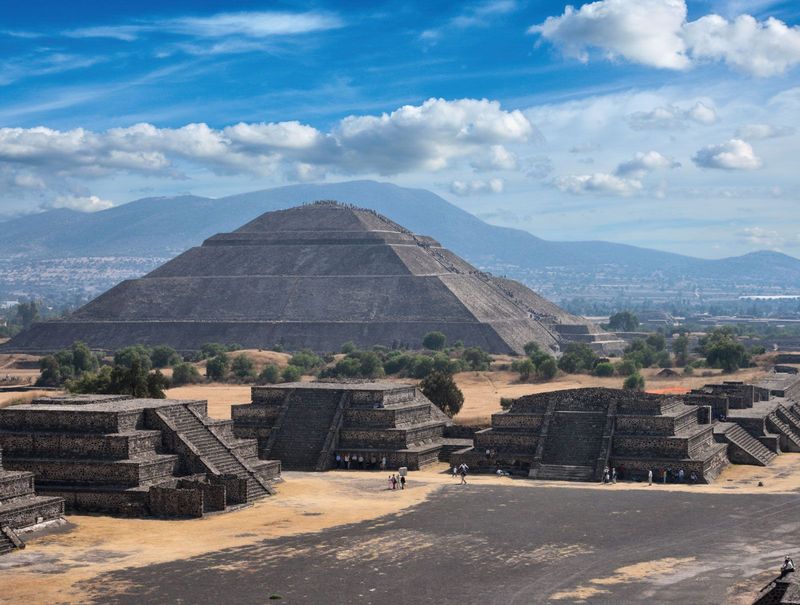
Teotihuacan, near Mexico City, beckons with its monumental pyramids. Once a thriving Mesoamerican city, its origins remain shrouded in mystery. The Pyramid of the Sun dominates the skyline, offering panoramic views. Avenue of the Dead leads to the Pyramid of the Moon, each structure steeped in myth. This city was a center for trade, religion, and culture. Its influence extended across Mesoamerica, shaping civilizations. Today, Teotihuacan captivates visitors with its grandeur and enigma. It’s a journey into a world where the past and present converge, inviting exploration and wonder.
17. Baiae, Italy
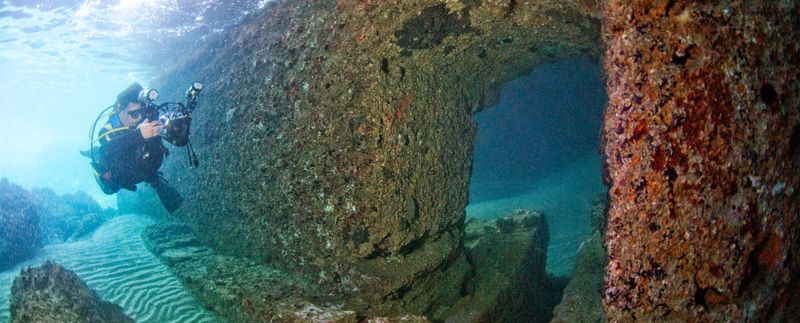
Baiae, known as the ‘Las Vegas of the ancient Roman world,’ was a playground for the rich and powerful. Now submerged beneath the waters of the Bay of Naples, its ruins are a diver’s paradise.
Ancient villas, thermal baths, and luxurious temples lie beneath the waves, offering a glimpse into the opulence of Rome’s elite. Baiae was famous for its hedonistic lifestyle, attracting emperors like Nero and Caligula.
Despite its reputation, volcanic activity led to its decline, with much of the city sinking into the sea. Today, it remains a captivating underwater archaeological site.

